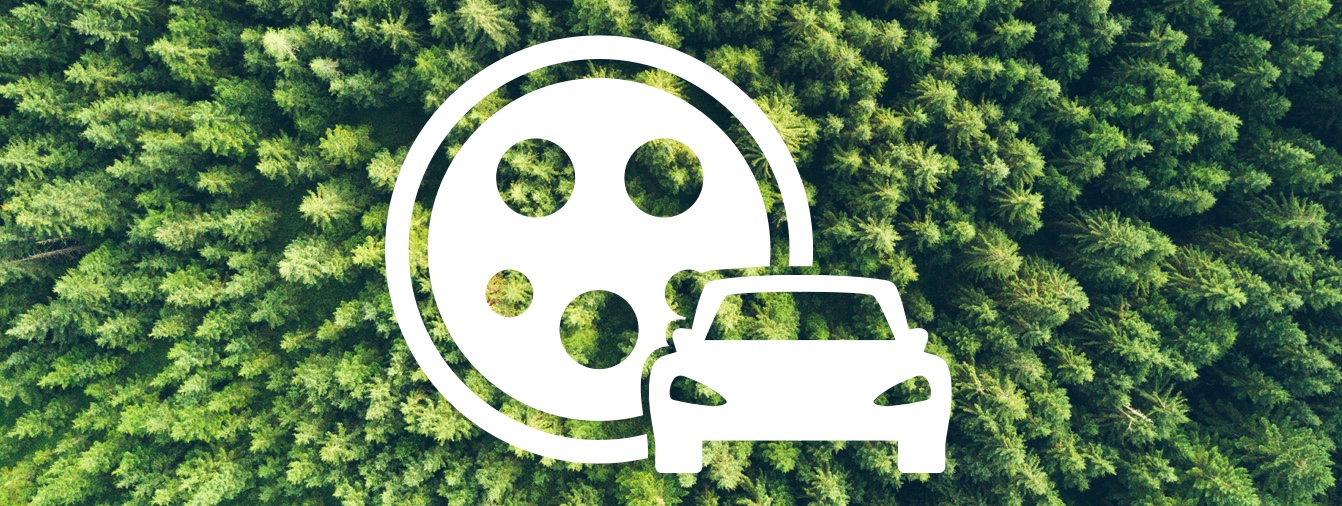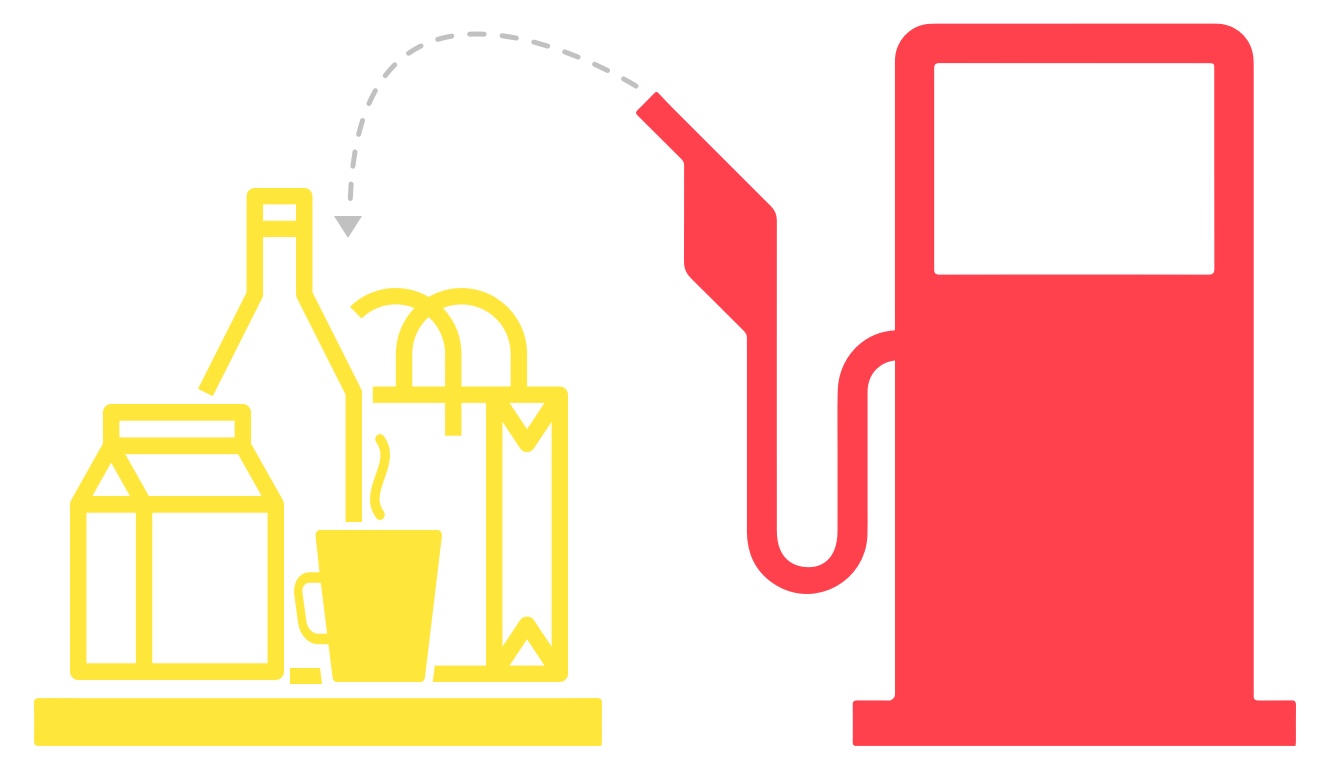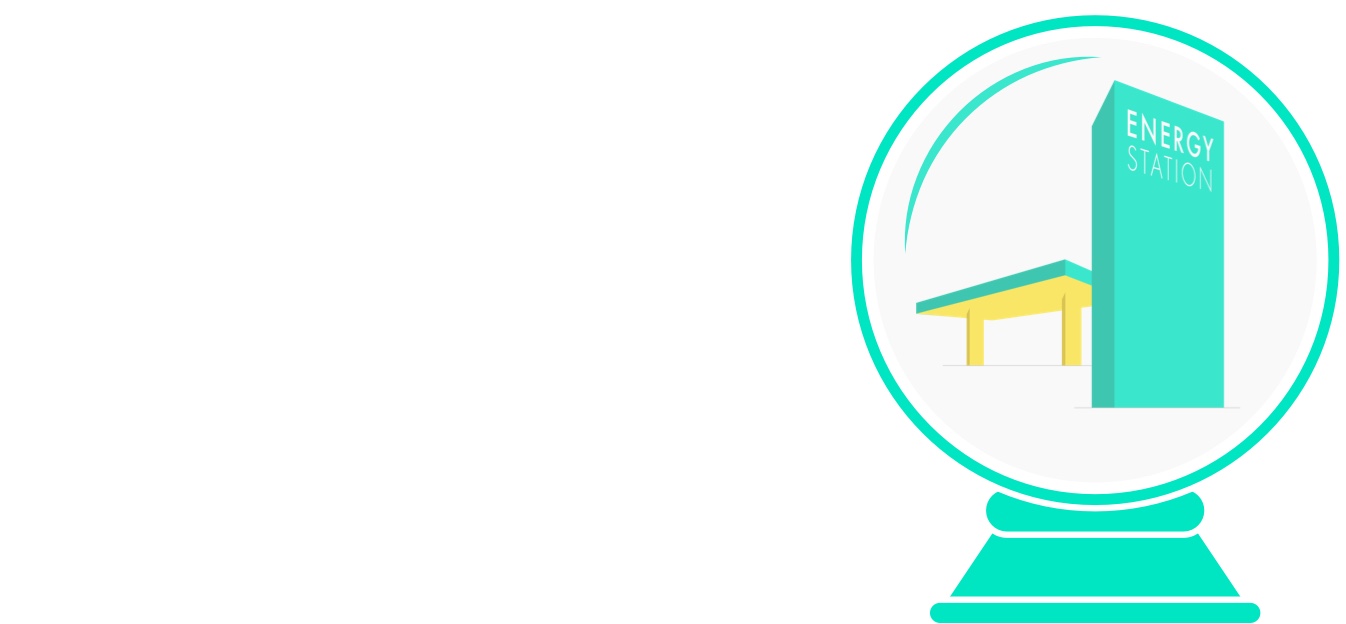Owners don’t tend to get out of their cars at fuel stations. So in some countries, station attendants pump the gas. And in countries with a more mature retail fuel industry, payments happen on a mobile card reader.
I’d also say that people in these countries like getting a good deal. Who doesn’t really? Also, while they care about protecting their personal data, these consumers are typically more open to their data being used to tailor targeted offers. This bodes well for the ability to bring hyper-personalized experiences to the fuel station of the future.
Knowing all this, what services and experiences do you expect at fuel stations in the next five years?
There are six game changers that fuel retailers need to get right now to remain relevant to their future customers. They are mobile apps, electric vehicle charging stations, fingerprint authentication for payment, expanded food and beverage, convenience and personal services. These are as relevant in North America and Europe as they are in the UAE and Qatar.
But in Saudi Arabia, they have to focus on getting their stations to a baseline, and evolving from there. Ultimately, I expect that if ideas that have worked in the West are presented, and there is interest, we may see shorter implementation times, so they have an advantage.
You mention electric vehicle charging stations. So even in this petroleum-rich part of the world, alternative forms of transportation are gaining traction?
Yes, even though it seems counterintuitive. But governments realize that the status quo must change over time for the future of their economies and for the planet. There is interest in exploring alternative fuel sources, and investments are already happening. Did you know that the world’s largest single-site solar farm is located in Abu Dhabi? Most people are surprised to hear this.



















